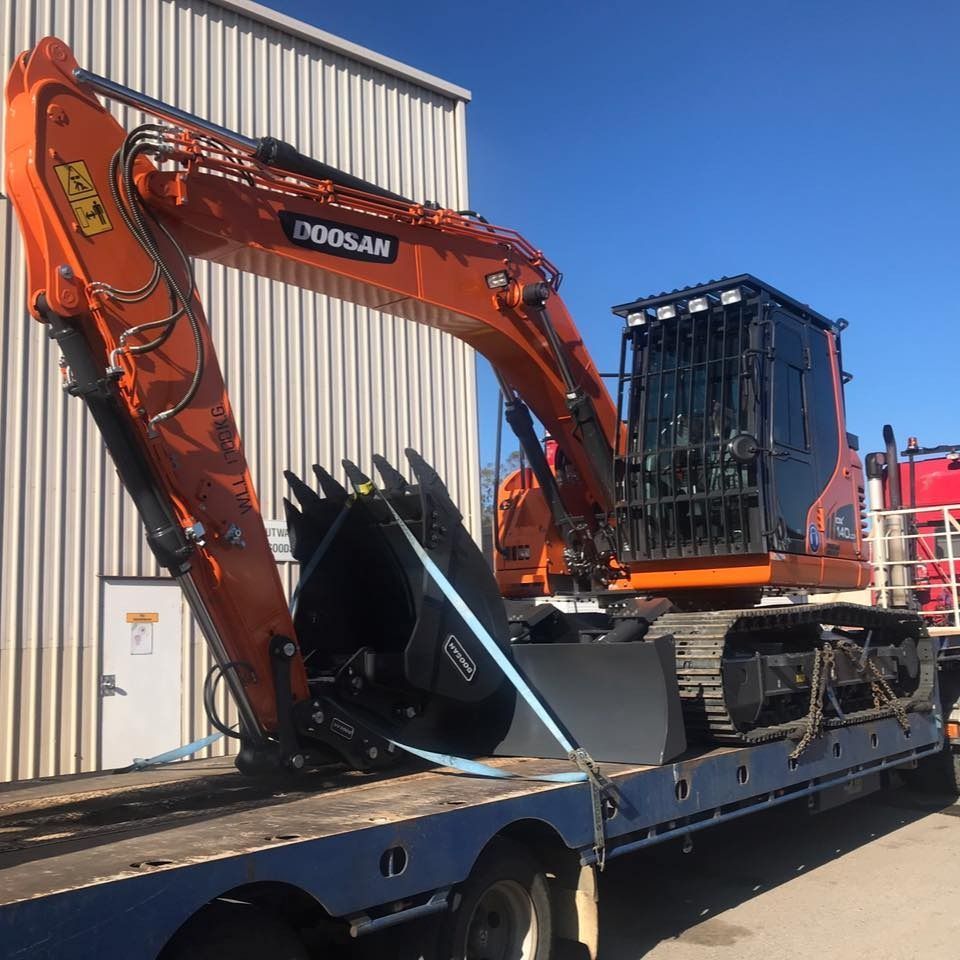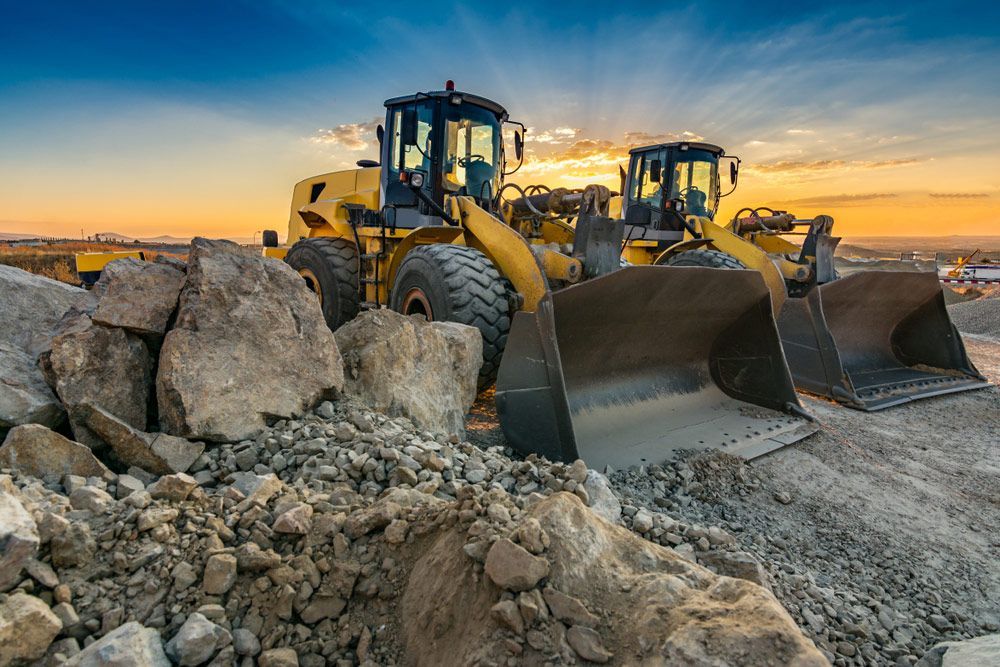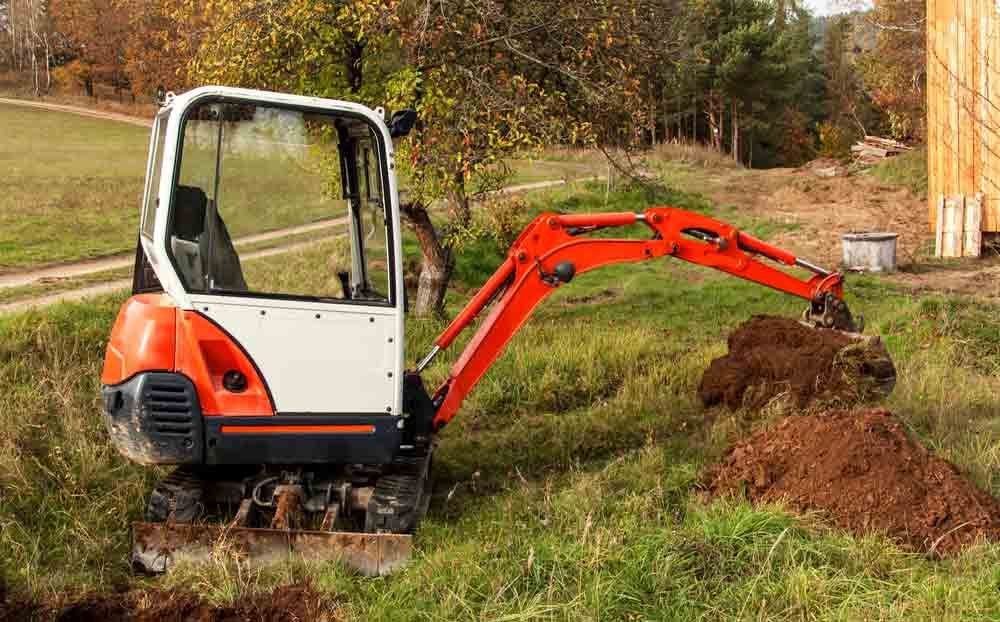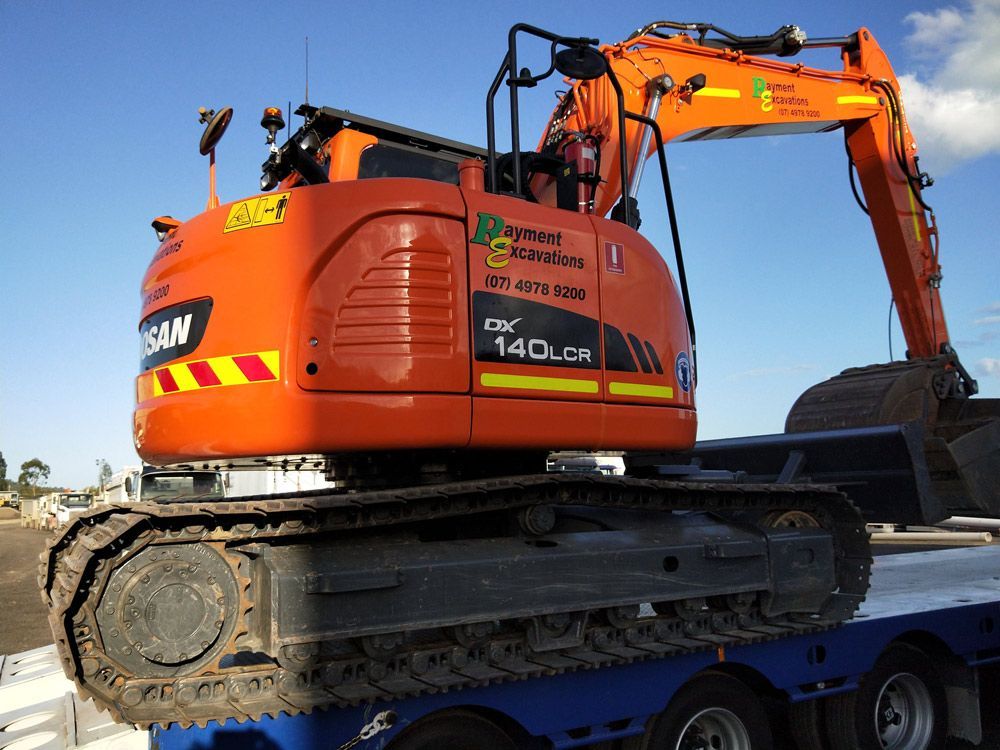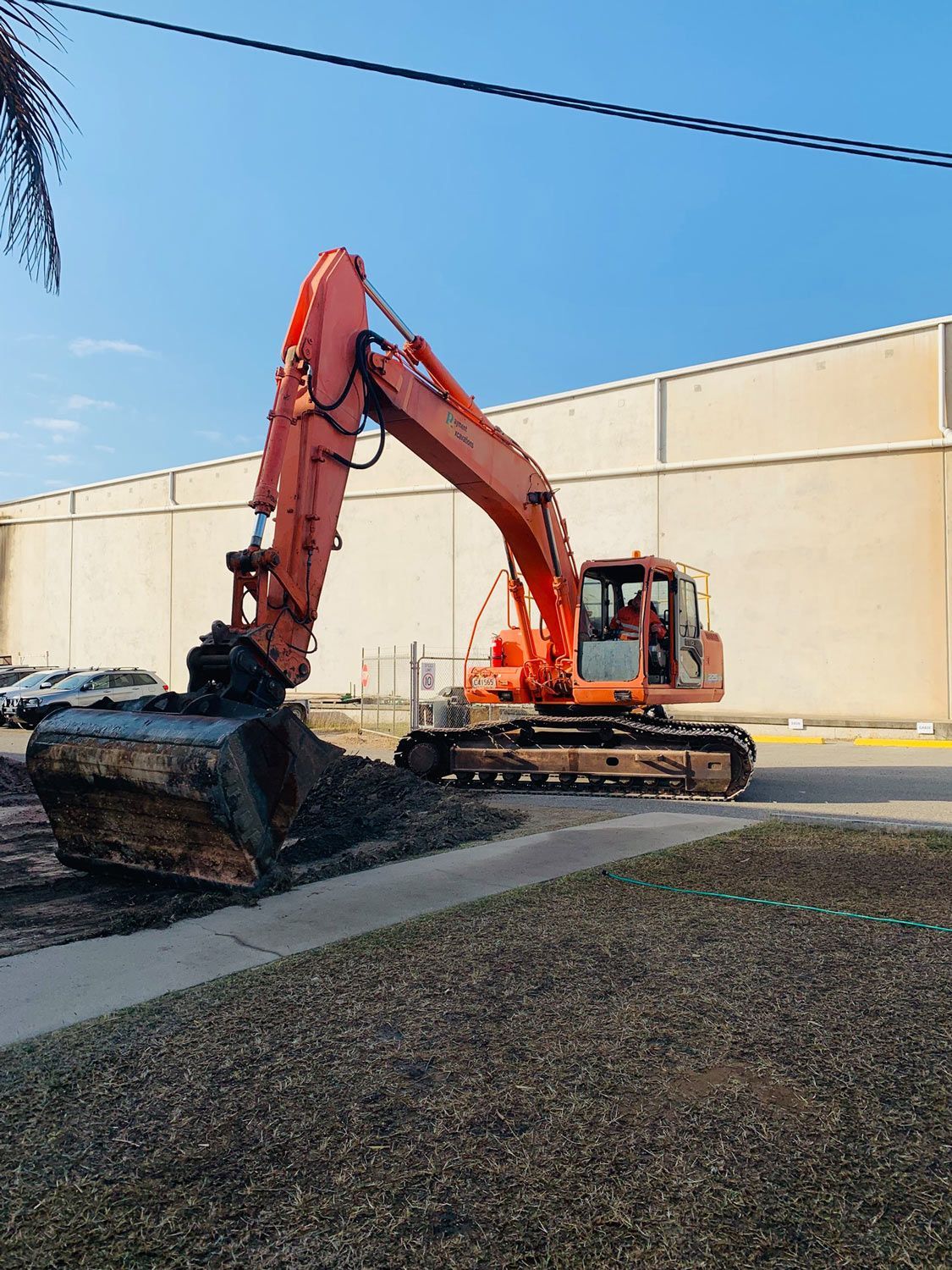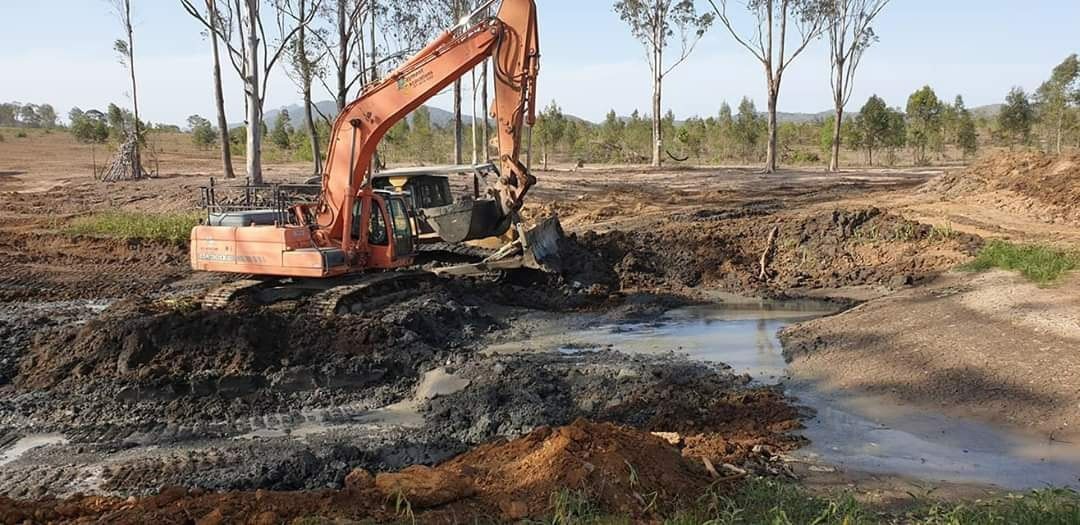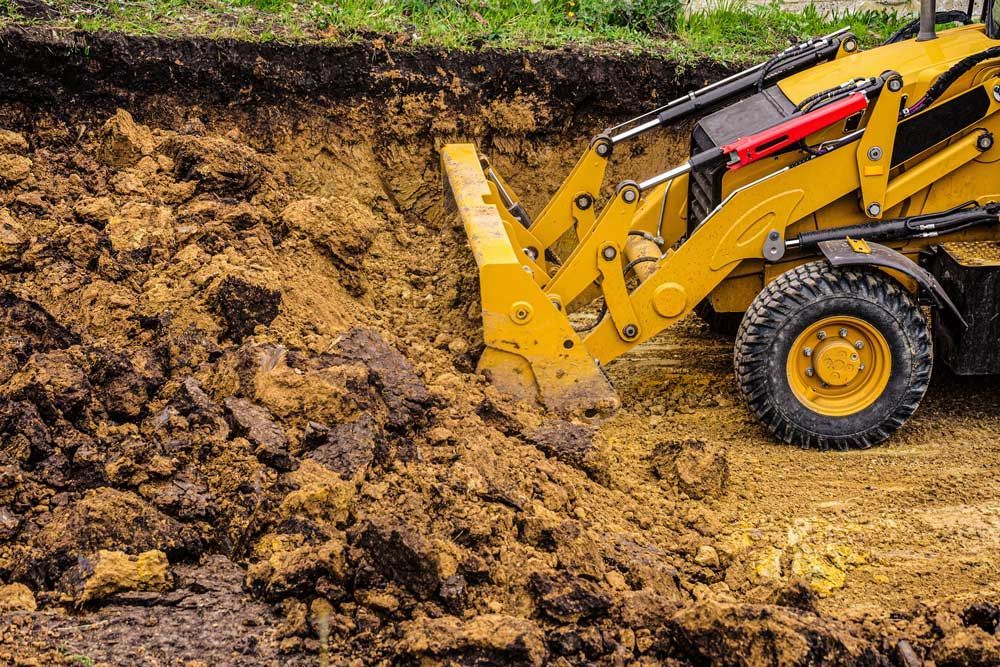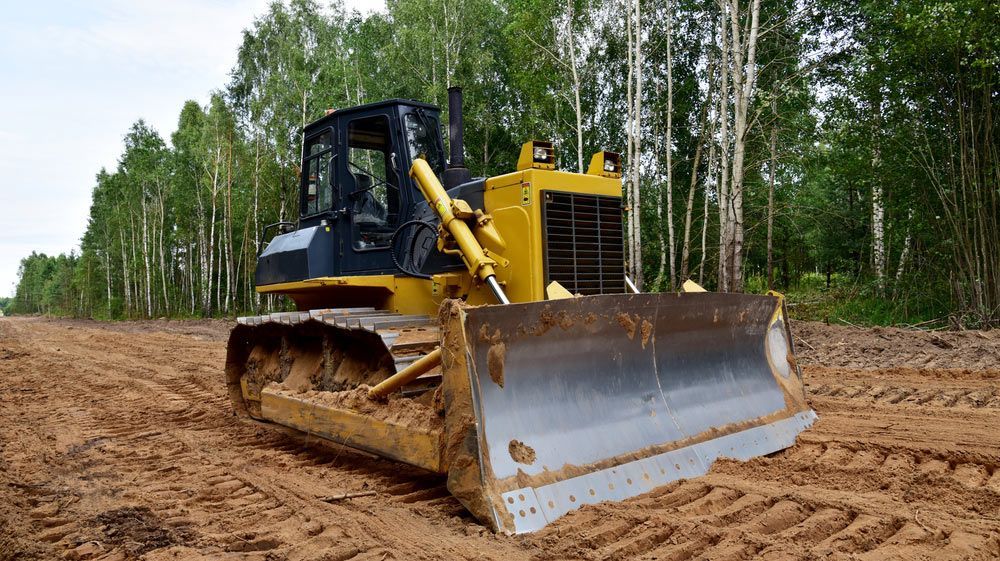What Equipment Is Best Suited for Earthworks in Gladstone's Sandy Soils?
Rayment Excavations • July 29, 2025
What Makes Gladstone’s Sandy Soils Unique?
- Loose and granular texture: Sandy soils consist of larger particles with significant gaps between them.
- High drainage capacity: Water flows quickly through sandy soil, which can be beneficial for preventing waterlogging but challenging for maintaining moisture levels.
- Low cohesion: Sandy soil particles don’t stick together well, making them prone to shifting during excavation.
- Potential for erosion: Wind and water can easily move sandy soils, creating issues during and after earthworks.
These unique qualities directly influence the planning and execution of earthworks in Gladstone.
Why Sandy Soil Matters for Earthworks
While sandy soil might sound easy to dig, it presents several complications for contractors:
- Stability concerns: Sandy soil can collapse back into excavated areas, posing safety risks and slowing progress.
- Difficulty compacting: Loose sand requires careful compaction to ensure stability for foundations, roads, and building pads.
- Slope maintenance: Excavations with sandy walls are prone to slumping, necessitating wider trenches or shoring systems.
- Dust management: Dry, sandy conditions create airborne dust, which can be a nuisance on sites and pose health hazards.
- Load-bearing considerations: Sandy soil often has lower bearing capacity, which affects foundation design and construction techniques.
Common Equipment Challenges in Sandy Soils
- Loss of traction: Standard tyres or tracks may slip in loose sand, reducing efficiency and control.
- Material collapse: Equipment needs to work efficiently to remove material before sandy walls slump into the excavation.
- Precision digging: Sandy soil can flow unpredictably, making fine grading and trenching more complex.
- Dust suppression: Sandy sites often require additional water trucks or misting systems to manage dust levels safely.
Equipment Best Suited for Earthworks in Sandy Soils
Excavators with Wide Tracks
- Benefit: Wide tracks distribute the machine’s weight, reducing the chance of sinking into soft sandy soil.
- Use: Ideal for digging trenches, bulk earthworks, and detailed excavation work where stability is crucial.
Bulldozers with Low Ground Pressure
- Benefit: Specially designed tracks spread weight over a larger area, preventing the bulldozer from bogging down.
- Use: Effective for pushing and spreading sand, grading large areas, and levelling building pads.
Articulated Dump Trucks
- Benefit: Flexible steering and low ground pressure make these trucks perfect for hauling sand without getting stuck.
- Use: Transporting large volumes of sandy material quickly across soft or uneven terrain.
Compactors & Rollers with Vibratory Functions
- Benefit: Vibration helps compact loose sand particles more effectively than static rollers alone.
- Use: Essential for preparing stable bases for roads, driveways, slabs, and other structures.
Skid Steer Loaders with Sand Buckets
- Benefit: Smaller machines can manoeuvre in tight spaces, and purpose-built buckets handle loose, granular material well
- Use: Cleaning up sandy sites, backfilling trenches, and performing detailed grading.
Water Trucks & Dust Suppression Equipment
- Benefit: Helps reduce airborne dust, improving safety and visibility on sandy work sites.
- Use: Maintaining safe working conditions and meeting environmental regulations.
The Advantage of Local Experience in Gladstone
- Understanding of local conditions: Contractors familiar with Gladstone know how sandy soils behave during wet and dry seasons.
- Tailored equipment selection: Local businesses maintain machinery suited to regional soil types and site conditions.
- Problem-solving expertise: Experienced operators can quickly adapt techniques when unexpected issues arise on sandy ground.
- Compliance with local regulations: Knowledge of council requirements and environmental guidelines ensures projects run smoothly and legally.
How Professional Tackles Sandy Soils
- Specialised fleet: Professional services use equipment suited to sandy environments, such as wide-track excavators and low-ground-pressure dozers, to maintain stability and minimise ground disturbance.
- Skilled operators: Experienced professionals know how to excavate and compact sandy soil safely and efficiently.
- Dust management: Dust suppression measures are implemented on sandy sites to help maintain a safe and controlled working environment.
- Local knowledge: Professionals familiar with the Gladstone region bring valuable insight into local soil types, drainage needs, and council requirements.


